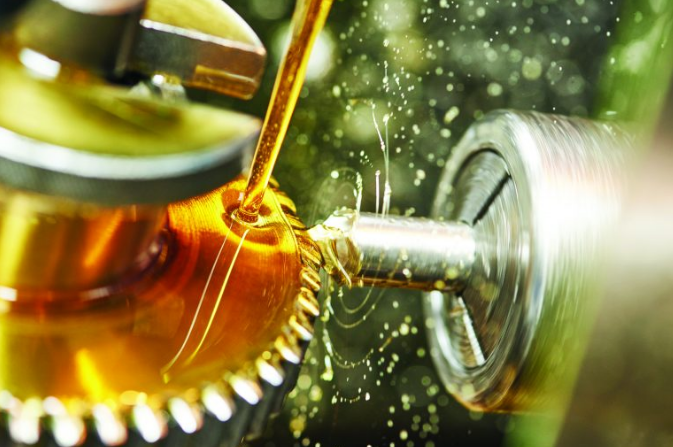Welcome to Sino Bearings web
24x7 HOTLINE:+86-28-81454188

 TECHNOLOGY
TECHNOLOGY
The gradual loss of lubrication quality is caused by self-generated oxidation due to overheating, viscosity changes caused by fuel dilution, or the shearing of viscosity improvers, water entry into the system, directly or through condensation and the gradual depletion of the additives as they counteract acids, disperse and suspend foreign materials.
There are other conditions that contribute to oil degradation to a lesser degree, among them poor quality fuel, equipment operation in over-cooled conditions, lean air/fuel ratios, and emission control systems that are malfunctioning, or have been removed or disconnected. Conditions that contribute to oil degradation and necessitate regular oil drains are described below.
Does your staff understand that oil degradation is self-generated?Logic: every engine, hydraulic system, gear drive, gas turbine or other machine slowly wears as it operates. Tiny, sub-micronic particles, of such elements as iron and copper, become catalysts that slowly attack the oil. These tiny metallic contaminants, (that are the result of wear not the cause of it), combine with carbon soot and varnish particles resulting from normal lubrication processes circulate in the system and through chemical action, create more wear. These solid particles act as a fine grinding compound and will slowly scratch and score roller and journal bearing surfaces, crankshaft journals, cylinder liners, gear sets and hydraulic components.
Normal full‑flow filters are rated at about 10 micrometers in turbine and hydraulic systems, and 40 micrometres in engines, and will not remove these sub‑micronic particles. Furthermore, if these filters become plugged, or if the by‑pass valves within them remain open for long periods of time, such as at cold start up, contaminated oil will be pumped throughout the system. It is important to remember that if the levels of self‑generated contamination are allowed to increase until some damage by abrasion is caused, it will be too late to prevent more ongoing damage, even if the dirty oil is drained.
Can your maintenance group recognize the symptoms of oil oxidation?Logic: oxidation is defined as a chemical deterioration of oil caused by continued contact with oxygen and catalysts such as copper. Oxidation causes the oil to thicken or increase in viscosity and darken in colour, sometimes dramatically, causing acids to form. This results in reduced oil flow and reduced heat dissipation that in turn accelerates theoxidation process.
Any practice that increases the operating temperatures of critical plant machinery must be avoided. Oil sump temperatures in diesel engines operating at high speed, and under heavy loads, can reach or exceed 150oC (302oF) with piston ring temperatures exceeding 310oC (590oF). Turbochargers may operate at up to 100,000 RPM with oil temperatures exceeding 315oC (600oF). If turbocharged engines are shut down immediately after operating at these temperatures, oxidation degradation of the oil can take place very quickly resulting in varnish formation.
Inoperative emission controls, thermostats with too high opening temperatures, etc, will increase the thermal load on gasoline engines, in turn increasing the rate of oxidation. Improperly adjusted air/fuel ratios contribute to oxidative oil thickening, because blow-by gases are produced containing high concentrations of nitrogen dioxide compounds that rapidly promote oil thickening.
Hydraulic systems operate best when the bulk oil in the reservoir does not exceed 60oC (140°F). Oxidation rates within hydraulic and turbine oils will approximately double for every 10oC (18°F) increase in temperature, causing sludge and varnish deposits and acid build-up causing corrosion. Oil temperatures in enclosed gear drives provide best service between 55 – 65 degrees C. Turbine bearing pad temperatures should not exceed 108°C.
Does the maintenance group understand the problems caused by water contamination?Logic: any water entry into hydraulic or turbine systems can cause severe damage, particularly in systems with very close tolerances such as hydrostatic piston pump systems. Water contamination caused by condensation is a common problem in North American climates due to dramatic changes in temperatures. Hydraulic or turbine oil with a “milky” appearance is an indication of water in excess of 2,000 parts per million (PPM), and action must be taken to replace the oil or remove the water through special filtration systems available for this purpose.